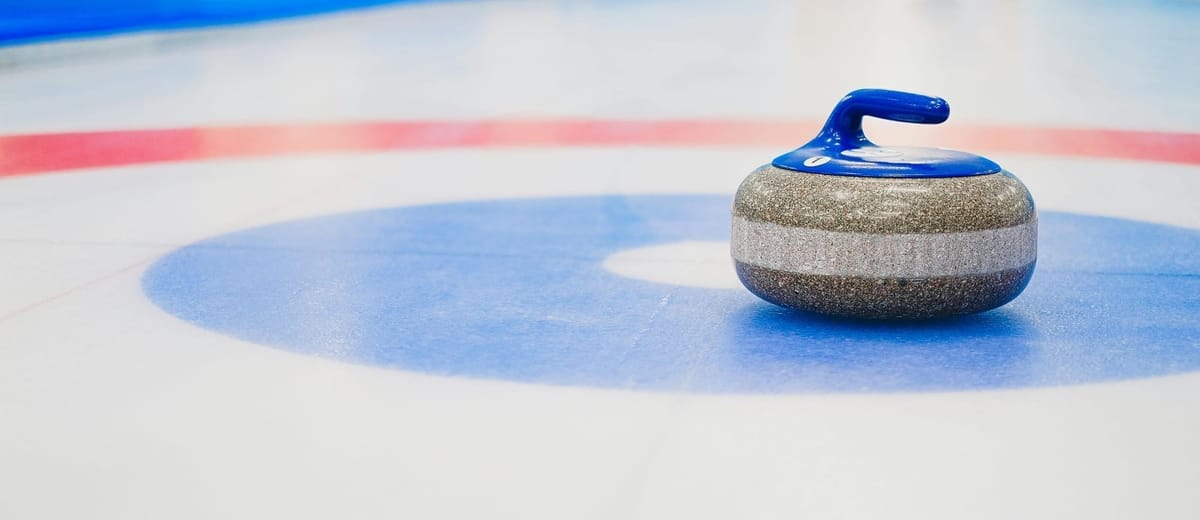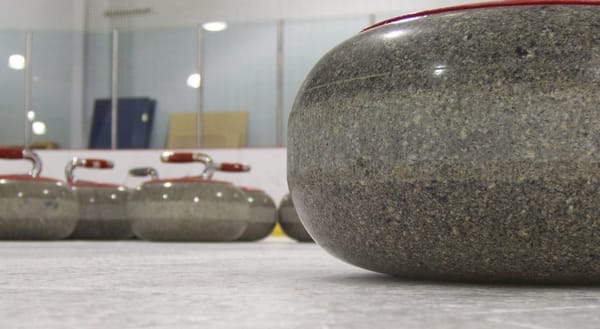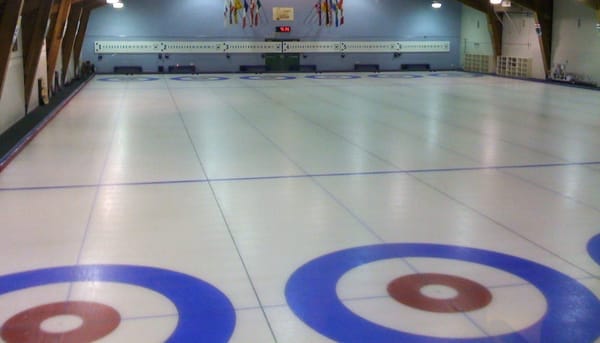The Two Main Opening Plays in Curling

In curling, the opening play of each end is crucial for setting the tone of the game. Depending on whether a team has the hammer (last-rock advantage) or not, the strategies can vary significantly. Here’s a closer look at the two primary options teams typically employ for their opening plays.
Opening Plays Without the Hammer
1. Center Guard
The center guard is the most common opening play for the team without the hammer. This strategy has gained popularity due to the "Free Guard Zone" rule, which prevents the opposing team from removing center guards until the fifth stone of the end. By placing a guard in the center, the team aims to control the center of the sheet, thereby forcing the opponent into tougher shots and potentially creating a chance to steal points.
Variations in Placement:
- Tight Guard: Positioned closer to the house, this placement offers more versatility for subsequent shots.
- High Guard: Positioned further from the house, this makes it more difficult for the opponent to remove while potentially sheltering a counting rock behind it.
2. Draw to the Four-Foot
This more conservative approach involves aiming to place a rock within the four-foot circle of the house. The goal is to keep the end “clean,” encouraging the opponent to match shots. It’s essential to ensure that the rock is not placed behind the tee line, as doing so could compromise its effectiveness.
Opening Plays With the Hammer
When the hammer team responds to the opponent’s first stone, they have several strategies to consider.
Responding to a Center Guard
- Draw to the Side of the House: This conservative tactic keeps the four-foot area open for a potential draw on the last shot, allowing for a flexible response.
- Draw Around the Center Guard: This more aggressive approach aims to position a counting rock behind the guard. However, there is a risk of leaving the stone exposed, which could backfire if not executed properly.
- Tick Shot: This involves nudging the center guard to the side without removing it. This maneuver complicates the opponent's chances of stealing and can set up opportunities for a double takeout later.
Responding to a Draw to the Four-Foot
- Take It Out: A conservative yet effective response, this play removes the opponent's stone, potentially rolling to the side of the house for added advantage.
- Corner Guard: This aggressive play forces the opponent to target the sides, creating a pathway for the hammer team to capitalize on scoring opportunities.
Beyond the Opening Plays
Once the opening plays are executed, the game becomes less predictable, presenting numerous strategic options. Effective shot calling involves several critical considerations:
Assessing the Opponent’s Skills
Understanding the strengths and weaknesses of the opposing team can greatly influence strategy. For instance, if the opponent struggles with draw weight, a team might choose to employ guards that force them into drawing situations.
Analyzing Ice Conditions
Factors such as curl, speed, and the breakdown of the pebble on the ice significantly affect shot selection and sweeping strategies. Analyzing these conditions can help teams make informed decisions about their shots.
Considering the Game Situation
The current score, the end being played, and the overall game strategy are all important elements that influence shot calling. Adjustments based on the unfolding game dynamics can be the key to success.
Prioritizing Execution
Ultimately, even the best strategies are rendered ineffective without precise execution of shots and effective sweeping. Teams must focus on their technical skills to realize their strategic plans.
In conclusion, understanding the two main opening plays in curling, along with the strategic elements that follow, can significantly enhance a team's performance. By mastering these concepts, teams can better navigate the complexities of the game and increase their chances of scoring.



